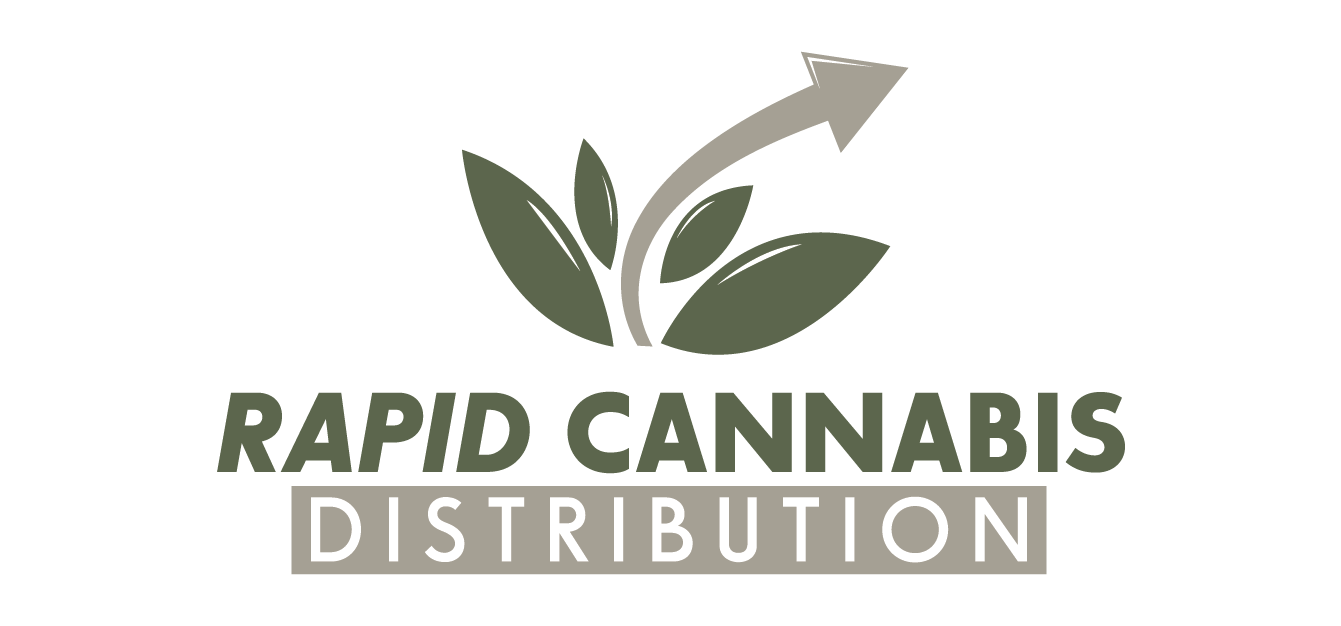In the cannabis industry, terminology around distribution models can overlap. Bulk distribution often refers to the sale of large quantities of unbranded flower or products—typically by weight or volume—directly from producers or bulk distributors to other businesses. Wholesale distribution, by contrast, generally involves licensed entities reselling to retailers, often in prepackaged, SKU-tracked form. While often similar, the models can differ in scale, packaging, compliance, and operational complexity.
Advantages of Bulk Purchasing
- Cost Efficiency & Margin Improvement
Bulk cannabis is typically sold at markedly lower per-unit costs than prepackaged or retail equivalents. Packaging incurs additional labor and material costs, making bulk appealing for margin-focused buyers. - Supply Consistency & Procurement Efficiency
Long-term vendor relationships and contract purchasing in bulk help ensure steady product flows and reduce administrative overhead. - Product Handling & Intellectual Property
Bulk selling allows batch-level handling, minimizing trichome loss and preserving product integrity through controlled packaging and storage.
Challenges: Bulk distribution usually requires higher upfront costs, more storage capacity, and robust licensing—making it more suitable for established operators.
Advantages of Wholesale (Prepackaged) Distribution
- Retailer-Friendly SKUs & Brand Identity
Wholesale distributors deliver prepackaged, branded products in consumer-ready sizes, ideal for dispensary shelving and consumer recognition. - Broader Market Reach & Compliance Infrastructure
These distributors often manage extensive retail networks and oversee compliance, testing, and labeling—easing the regulatory burden on producers. - Reduced Admin Overhead for Producers
Producers can avoid maintaining sales teams, storage facilities, or vehicles by outsourcing these logistics through a wholesale partner.
Challenges: Producers may face reduced control over brand representation, tighter margins due to markup, and limited access to retail sales data.
Combined Distribution Model: Bulk + Wholesale
Many vertically integrated companies and multi-state operators blend both models strategically:
- Use bulk distribution for internal inventory transfers or supplying high-volume clients.
- Leverage wholesale distribution to reach broader retail markets with compliant, branded products.
Tech platforms help support this dual strategy by streamlining inventory, order tracking, compliance, and analytics.
Strategic Considerations (Bullet Format)
- Cost Per Unit
- Bulk: Lowest per gram; best for margin control.
- Wholesale: Higher due to packaging and distributor markup.
- Combined: Balanced savings and revenue opportunities.
- Operational Control
- Bulk: High control over logistics, storage, and packaging.
- Wholesale: Lower operational burden, less internal control.
- Combined: Flexible oversight where needed.
- Compliance Requirements
- Bulk: Requires internal testing, labeling, and tracking systems.
- Wholesale: Distributor manages compliance.
- Combined: Scales compliance needs across product types.
- Brand Visibility
- Bulk: Minimal exposure at retail level.
- Wholesale: High visibility with packaging and display.
- Combined: Use wholesale for brand recognition, bulk for volume.
- Investment & Infrastructure
- Bulk: Higher upfront investment in facilities, licensing, and storage.
- Wholesale: Moderate investment, mostly reliant on partner.
- Combined: Layered approach that adapts to market channels.
Final Thoughts
There is no universal “best” model. Bulk distribution suits those seeking control and lower cost per unit but requires infrastructure and regulatory readiness. Wholesale distribution favors those prioritizing retail access, brand visibility, and operational simplicity. Many successful cannabis businesses adopt a hybrid model, combining the scalability of bulk with the retail reach of wholesale. With the right strategy and technology, businesses can align their distribution channels with long-term growth objectives.

